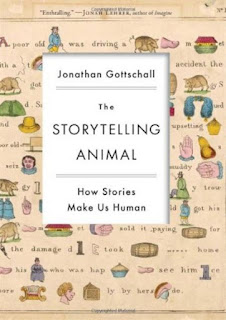7. Natural Pattern, Natural Compassion, & Humanity's Hope
THERE IS A WILD OF INFINITE dimension that exists outside of us, and a wild of infinite dimension within us. Paul Valéry: There is another world, but it is in this one. Jim Harrison: There is an invisible world out there ––and we're living in it . . .
There are subtle patterns in nature that correspond to subtle patterns within our deepest self. When we explore the wild world alertly, we perceive these patterns, feel resonations, and make vital discoveries . . . ~
The Heart of The Monster David James Duncan
The open ocean was a more formidable, serious world than the protected reef; it was not a place to linger. And so, getting back through the surf that battered the edge of the coral, you could easily get battered yourself with never-healing coral cuts as the surge raked your body over the rim of the reef and redeposited you into its quiet pools and corridors––where, if you happened to be me, you would find this first immersion in the mysteries of a coral reef working a curious transformation on your psyche. As you
emerged from the waters of Hanauma you discovered a boundary no longer existed between inner and outer, between you and the creatures in the bay or even the bay itself, you and the elegant green and orange palm fronds hanging over the beach, you and the stray drifting albatross overhead, you and the natural world altogether: a loss of soul, a kind of drowning, had occurred.
What is the
pathetic fallacy state? It is, first of all, the experience I had at
Hanauma Bay, that moment when all barriers have dropped between the inside and the outside, when the landscape against all logic seems to mirror back every private mood and emotion. The possibility of such an archaic identity of Subject and Object has not been allowed in our culture, as reality or metaphor, for some centuries now.
. . . The lesson for my friends and me was clear: if you are the sort who must merge with the environment, then merge with splendor. If you use Nature as a psychic looking glass, choose a setting of unearthly beauty and maybe it will give you back more than your reflection. ~
My Time In Hawaii Victoria Nelson






































